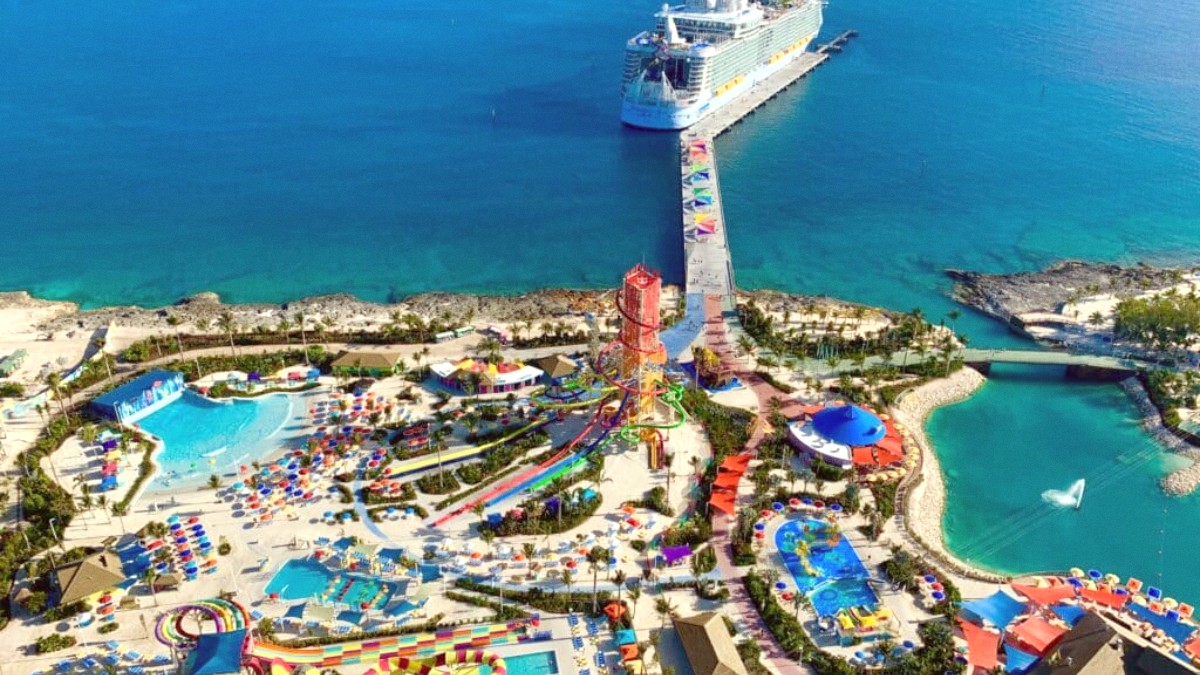
Arequipa And Canyon Country, Peru
The Rainy Season (December to March) brings afternoon showers, increased humidity, and cloudier skies. January and February are the wettest months. Rain typically falls in the afternoon, often clearing up by evening. Roads to Colca Canyon feel the influence of rain, and visibility for volcanoes might reduce due to clouds. Despite the rain, the landscape, notably in Colca Canyon, becomes lush and green, presenting a different kind of beauty.
The Dry Season (April to November) features predominantly sunny days, clear skies, and cooler nights. This is the most popular time for tourism, with optimal conditions for outdoor activities and clear views of the surrounding volcanoes. Humidity stays generally low throughout the year, contributing to the comfortable feel of the dry season. The air is crisp, and skies often appear brilliant blue.
Arequipa does not experience monsoons or hurricanes. Extreme temperatures are rare. While daytime temperatures are mild, night temperatures drop significantly during the dry season, especially at higher elevations like Colca Canyon.
The sun's intensity is high due to the altitude, even on cloudy days. Strong Sun protection is a must. Pack layers for varying temperatures throughout the day.
May - October
Dry trails and clear skies prevail, making for enjoyable hikes.
Trails become muddy, and visibility of landscapes might reduce.
April - November
The dry season presents the most stable weather for safe ascents.
Always check current conditions and go with experienced guides for safety.
Year-Round
Arequipa city welcomes sightseeing throughout the year.
The dry season yields consistently clear skies, optimal for photography.
Peru uses the Peruvian Sol (PEN), often S/. Rates change daily. Approximately 1 USD equals 3.70 - 3.80 PEN. US Dollars gain wide acceptance in major cities for larger purchases, but paying in PEN is always better. Exchange money at reputable exchange houses ("casas de cambio"). Avoid unofficial street vendors. Banks typically offer less favorable rates. ATMs are widely available.
Most hotels, upscale restaurants, and larger shops accept major credit cards like Visa and MasterCard. Smaller establishments, local markets, and street vendors often accept only cash. Bring sufficient cash for daily expenses, especially outside the main city center.
5-10% for good service in mid-range to upscale places. Round up for local eateries.
Tipping not generally expected. Round up if you wish.
Highly recommended, S/20-50 per person per day is fitting for good service.
S/5-10 for porters or housekeepers acknowledges good service.
This section covers health precautions, common concerns, and emergency information for your trip.
No specific vaccinations are mandatory for entry into Peru, unless you are arriving from a country with a yellow fever transmission risk. Always verify the latest guidelines with your country's health authority or the Peruvian Embassy.
Be aware of potential health issues that sometimes occur during travel.
Peru sits in an active seismic zone. Arequipa has experienced significant earthquakes historically. Familiarize yourself with earthquake safety procedures: "Drop, Cover, Hold On."